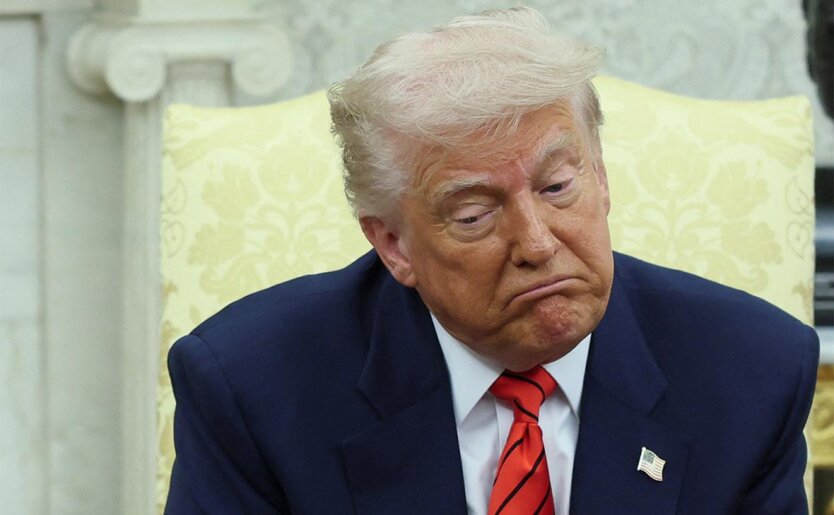iPhone for 2300 dollars: the consequences of Trump's tariff policy.


The impact of Trump's tariffs on Apple stocks
Actions by US President Donald Trump have affected the stock market and have not spared the largest technology companies. One of the affected is Apple, whose stock value has significantly decreased. Despite this, the company's market capitalization still exceeds 300 billion euros.
The reason for the decline in Apple's shares is the tariffs introduced by Trump on products manufactured by the company in China. The imposed tariffs on goods from China amount to 54%, which negatively affects their competitiveness. Additionally, Vietnam and India are feeling the effects of these tariffs.
If Apple decides to offset the additional costs at the expense of consumers, the price of the iPhone could increase by 43%. Thus, the iPhone 16 Pro Max model, which previously cost 1599 US dollars, could now reach 2300 dollars. The standard model will also rise in price from 799 to 1142 dollars.
Analysts estimate that Apple may be forced to increase prices on the iPad, Mac, and AirPods by 39% to 42% if the tariffs remain in effect. This could lead to losses for the company of up to 40 billion dollars, or even 8.5 billion dollars annually. The negative impact of tariffs has already resulted in a one-fifth decrease in Apple's market value.
However, there is a possibility that times ahead may be even worse for Apple. The EU is considering introducing countermeasures against American tariffs, which could primarily negatively affect major American technology companies, including Apple.
Read also
- On all fronts: Trump prepares 'triple pressure' on the EU regarding Ukraine, defense, and tariffs
- The SBU showed unique footage of the special operation 'Spider Web': video of strikes on Russian aircraft
- RF Memorandum - Ultimatum: Zelensky proposed a ceasefire before meeting with Trump and Putin
- The enemy struck with missiles at a training ground in Poltava region: the Ground Forces reported on the consequences
- Ukraine Returns to Quotas and Tariffs: How Trade with the EU Will Change After June 6
- Too strict rules: OECD warns of risks to the British economy










